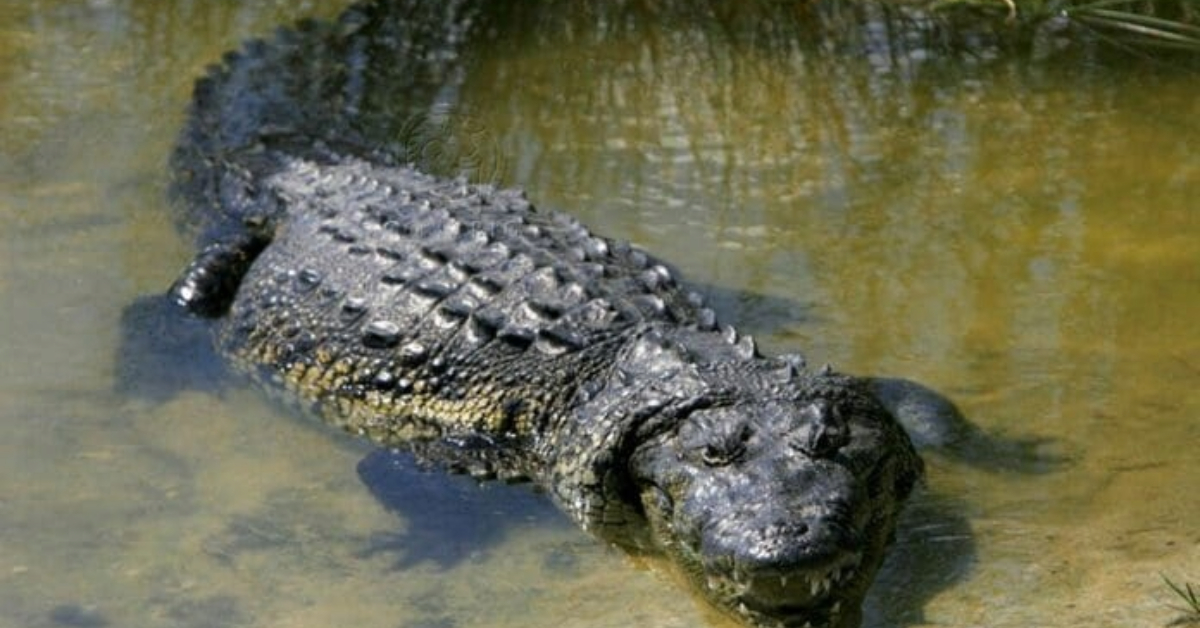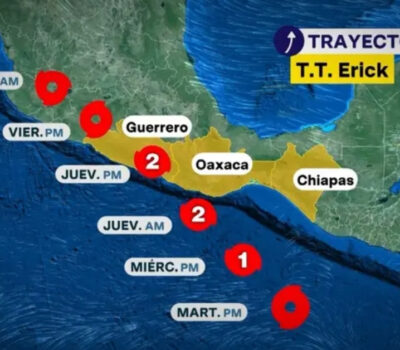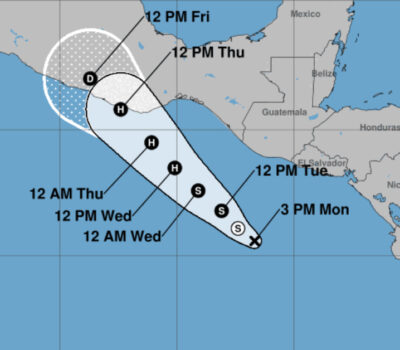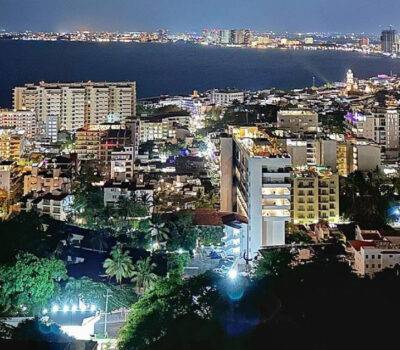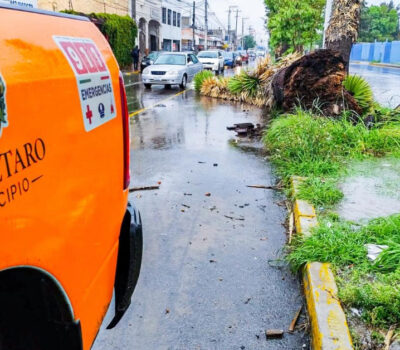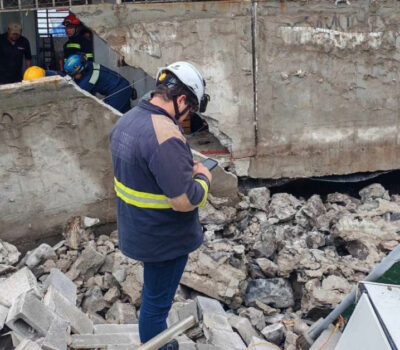A 10-year-old boy was attacked by a crocodile while swimming in a mangrove swamp in La Peñita de Jaltemba, Nayarit. Authorities urge caution and respect for wildlife.
A 10-year-old boy is recovering in the hospital after surviving a crocodile attack while swimming in a mangrove swamp in La Peñita de Jaltemba, a coastal community in the municipality of Compostela, Nayarit.
The incident occurred when the child, who was accompanied by his parents, entered the water to fish or swim—despite clearly marked warnings placed around the area. According to local authorities, the crocodile was in its natural habitat when the attack took place.
Though the injuries sustained were serious, the boy survived and was transported by private vehicle to the nearest hospital. He remains under medical observation. As of now, no official medical report has been issued regarding the extent of his injuries.
Enrique Rodríguez, deputy director of Civil Protection in Nayarit, confirmed the events and stressed the importance of respecting wildlife habitats—especially in areas known to be home to crocodiles.
“The crocodile was in its natural habitat,” Rodríguez stated. “The juvenile, although accompanied by his parents, entered the area to fish or swim. We know the risk anyone, especially a child, faces when near this species. If you attack them or invade their space, they will react.”
Rodríguez pointed out that the area where the attack took place has been previously marked with visual warnings and physical barriers, set up by local authorities to prevent precisely these types of incidents. Unfortunately, he noted, some of these safety measures have been disregarded—or even removed—by local residents.
“There are signs and the area is cordoned off, but the community itself has removed them,” Rodríguez said. “These measures must be respected, as we cannot remove the crocodiles: that’s their home. What we have to do is respect their habitat and avoid provoking or disturbing them.”
The case has sparked renewed concern among municipal and state authorities, prompting an immediate review of safety and prevention protocols in areas near crocodile habitats. Officials are now working on reinforcing existing signage, increasing patrols in vulnerable zones, and launching information campaigns focused on educating families—especially those with young children—about the risks of entering these environments.
As part of this initiative, Civil Protection issued an urgent public advisory, urging residents and visitors to avoid entering mangrove areas without supervision or proper authorization. The agency also stressed that children should never be allowed to engage in recreational activities near these ecosystems without adult supervision and a full understanding of the potential dangers.
In addition to protecting human life, authorities underscored the importance of conserving the region’s biodiversity. Nayarit is home to a wide range of wildlife, including protected species like crocodiles that play a critical role in maintaining ecological balance.
“Our priority is to protect people,” Rodríguez said, “but we must also protect the natural environment these animals call home.”
The attack serves as a stark reminder of the dangers posed when natural boundaries are ignored or tampered with. As officials double down on education and enforcement efforts, the community has been called on to cooperate in ensuring such a dangerous encounter does not happen again.
A 10-year-old boy was attacked by a crocodile while swimming in a mangrove swamp in La Peñita de Jaltemba . . .

